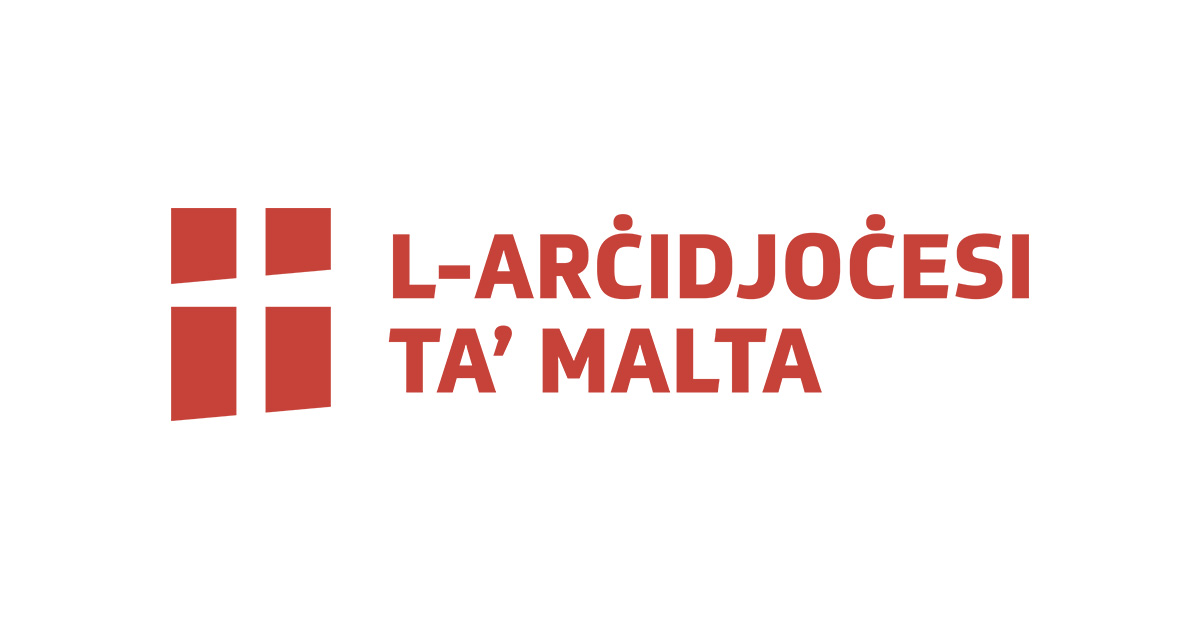-
-
Pope Francis left Myanmar for Bangladesh on Thursday, concluding the first part of his 21st apostolic journey. He’ll be spending three days in Dhaka, before returning to the Vatican late on Saturday evening.
During his visit to Myanmar, the pope met with popular leader Aung San Suu Kyi, as well as the president and the top military general. He met with Buddhist leaders and local bishops, but above all he went to meet ordinary Catholics, who travelled from all over the country to attend an open-air Masson Wednesday.
Surprisingly for the Vatican, this visit was only announced in late August, leaving just three months to put the detailed planning, protocol and preparations in order. The announcement was the result of a meeting in May between Burmese leader Aung San Suu Kyi and Pope Francis, an encounter that resulted in the establishment of diplomatic relations between Myanmar and the Holy See. The move was widely seen as significant, not just for the country’s small Catholic community, but also, more broadly, for the Church’s efforts at peacebuilding and development among the many impoverished ethnic communities.
Short preparation period: Some critical voices said three months was too short a time to plan properly for a visit that could leave any kind of lasting legacy for the Church. Others, especially the organisers, believed the timing couldn’t be better. They hoped the trip would give the beleaguered Aung San Suu Kyi a much needed sign of international support, as she tries to resolve the crisis in Rakhine state, while seeking to push back against the nationalistic rhetoric of her most vocal opponents.
Church’s prophetic presence: So what will be the impact of this first, historic visit of a pope to the “tiny flock” in Myanmar? Was it just a chance for the many ethnic minorities to show off their colourful costumes and for the Buddhist majority to provide a warm welcome to the world’s Catholic leader? Certainly, the local bishops believe it’s been a hugely significant moment for the young Church here, encouraged by the pope to step up important ecumenical and interfaith cooperation in order to be a prophetic and healing presence in the life of the nation.
Support for Aung San Suu Kyi: To the many strident voices asking why the pope didn’t mention by name the persecuted Rohigya people, the bishops’ spokesman Fr Mariano Soe Naing says it’s vital to see the long history of this conflict and the broader struggle for democracy in the country. Suu Kyi has had less than two years to resolve not just the crisis in Rakhine state, but the many other ethnic conflicts that plague the nation, and where the military still controls many key government positions. If Suu Kyi responds to international pressure, condemning the army and alienating popular opinion, most people here are convinced the country will slide back quickly towards military dictatorship.
Unscheduled private encounters: Outside the official programme of events, the pope met with the head of the Tatmadaw, or combined armed forces, possibly bringing up the Rohingya issue in that private conversation . He also met with 17 local religious leaders, including Muslims, who were reportedly “absolutely thrilled” with the pope’s public appeal for the rights of all ethnic and religious minorities.
Learning about human rights: With a crisis caused by so many decades of “misrule and neglect”, a local Jesuit priest told me, no-one can expect overnight miracles – not even from the pope. “We’re in a learning situation in Myanmar”, he said, “where people are learning what is a human right? What is human dignity? What is the common good?” What I believe the Holy Father has left behind here are some very clear answers to those very pressing questions.
Source: Vatican radio




